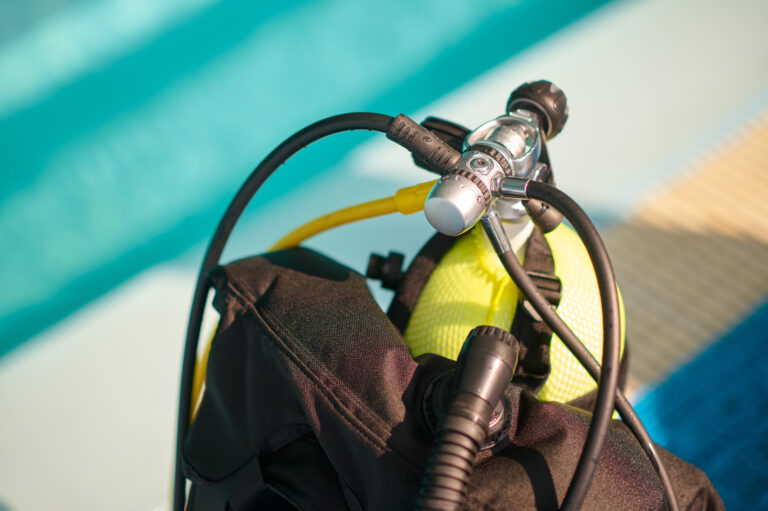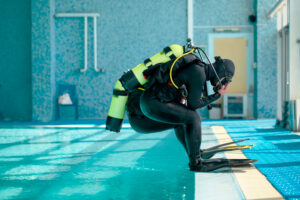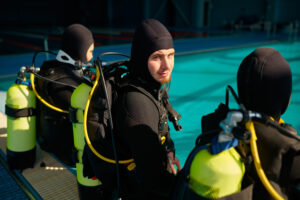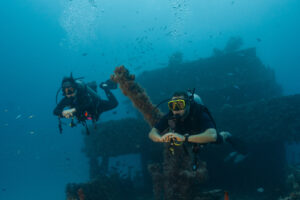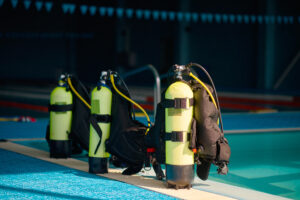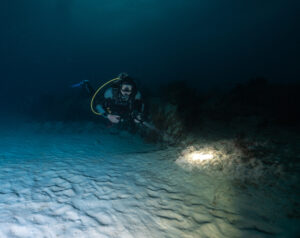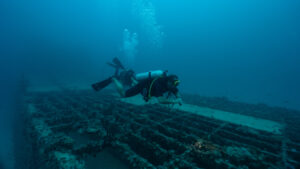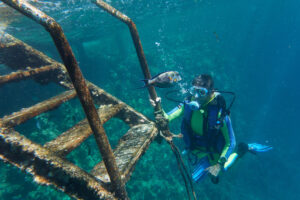What is a First Stage when Scuba Diving?
Scuba diving, a popular recreational and professional activity, allows individuals to explore and experience the underwater world. A crucial aspect of scuba diving is the ability to breathe underwater, which is made possible by the diving regulator. The first stage is a vital component of the diving regulator, as it is responsible for reducing high-pressure gas from the tank and delivering it to the second stage and buoyancy compensator (BC). This entry will provide an in-depth overview of the first stage of a diving regulator, its role in scuba diving, and the different types of first stages available.
The Role of the First Stage in Scuba Diving
The primary function of the first stage is to reduce the high pressure of gas from the scuba tank and regulate its delivery to the second stage and BC. The gas pressure in a standard scuba tank ranges from 2,000 to 3,500 psi (pounds per square inch), which is far too high to be used directly for breathing. The first stage is responsible for reducing this pressure to an intermediate level, typically between 130 and 150 psi, before it is supplied to the second stage and BC.
In addition to its primary function, the first stage also serves as a connector between the scuba tank valve and the hoses leading to the second stage and BC. This connection is made through a yoke or DIN (Deutsches Institut für Normung) fitting, which securely attaches the first stage to the tank valve and ensures a reliable and leak-free seal.
Types of First Stages
There are two primary types of first stages used in diving regulators: the unbalanced piston and the balanced diaphragm. Each type has its own unique set of advantages and disadvantages, which will be discussed below.
Unbalanced Piston
The unbalanced piston first stage is the more traditional and straightforward design, which uses a spring-loaded piston to control the flow of gas from the high-pressure tank to the intermediate-pressure hose. As the tank pressure decreases during a dive, the force exerted on the piston by the spring remains constant, while the force exerted by the tank pressure decreases. This results in a gradual reduction in the intermediate pressure supplied to the second stage, which may cause a slightly harder breathing effort as the dive progresses.
Advantages
Simplicity – Unbalanced piston first stages have fewer moving parts, making them easier to maintain and less prone to failure.
Cost – They are typically less expensive than balanced diaphragm first stages.
Disadvantages
Breathing Effort – As mentioned earlier, the intermediate pressure supplied to the second stage may decrease as the tank pressure drops, leading to a harder breathing effort.
Balanced Diaphragm
The balanced diaphragm first stage uses a flexible diaphragm and a spring to control the flow of gas from the high-pressure tank to the intermediate-pressure hose. The diaphragm and spring are designed to maintain a constant intermediate pressure regardless of the tank pressure, which results in consistent and effortless breathing throughout the dive.
Advantages:
Consistent Breathing Effort – The balanced diaphragm design ensures a constant intermediate pressure, providing consistent breathing effort throughout the dive.
Environmental Sealing – The diaphragm design can be sealed to protect the internal components from water and contaminants, making it suitable for cold water or contaminated environments.
Disadvantages:
Complexity – Balanced diaphragm first stages have more moving parts than unbalanced piston designs, which may increase the likelihood of failure and make maintenance more complicated.
Cost – They are generally more expensive than unbalanced piston first stages.
The first stage is a critical component of the diving regulator, as it plays a crucial role in managing the gas pressure from the scuba tank and ensuring a safe and comfortable breathing experience for the diver. By reducing the high-pressure gas to an intermediate level, the first stage allows for efficient and effective delivery of breathing gas to the second stage and BC.
Understanding the differences between the two main types of first stages—unbalanced piston and balanced diaphragm—can help divers make informed decisions when choosing a diving regulator. While unbalanced piston first stages offer simplicity and affordability, balanced diaphragm first stages provide consistent breathing effort and environmental sealing, making them more suitable for certain diving conditions.
The first stage is an essential component in the scuba diving experience. Its role in reducing high-pressure gas and supplying it to the second stage and BC ensures that divers can explore the underwater world safely and comfortably. By selecting the appropriate type of first stage, divers can optimize their diving experience based on their unique needs and the specific conditions of their dive. Whether opting for the simplicity of an unbalanced piston or the consistent performance of a balanced diaphragm, the first stage is a critical piece of equipment that enables the incredible adventure of scuba diving.

